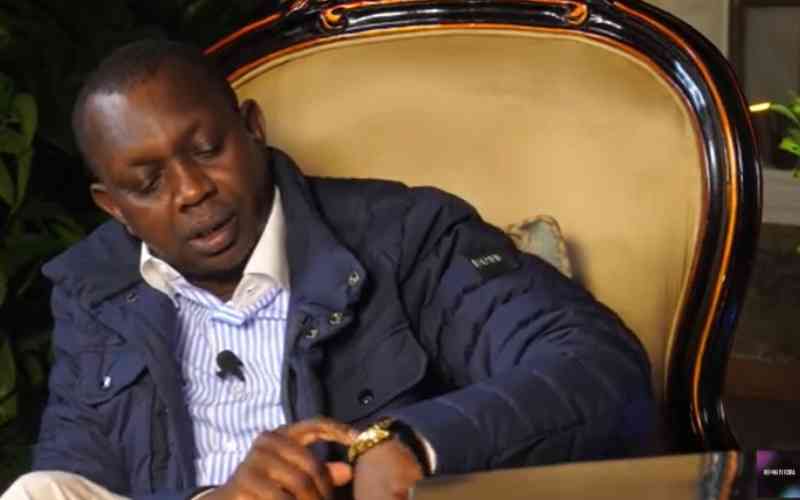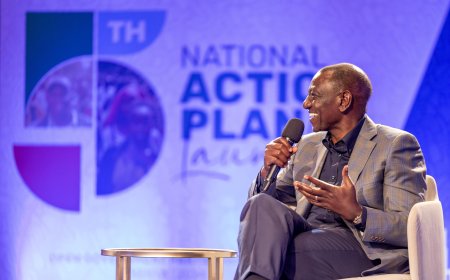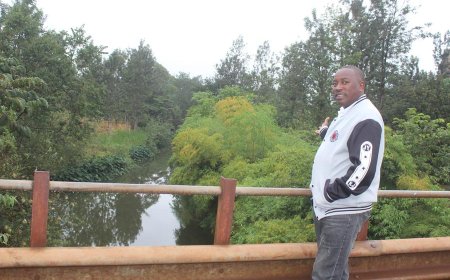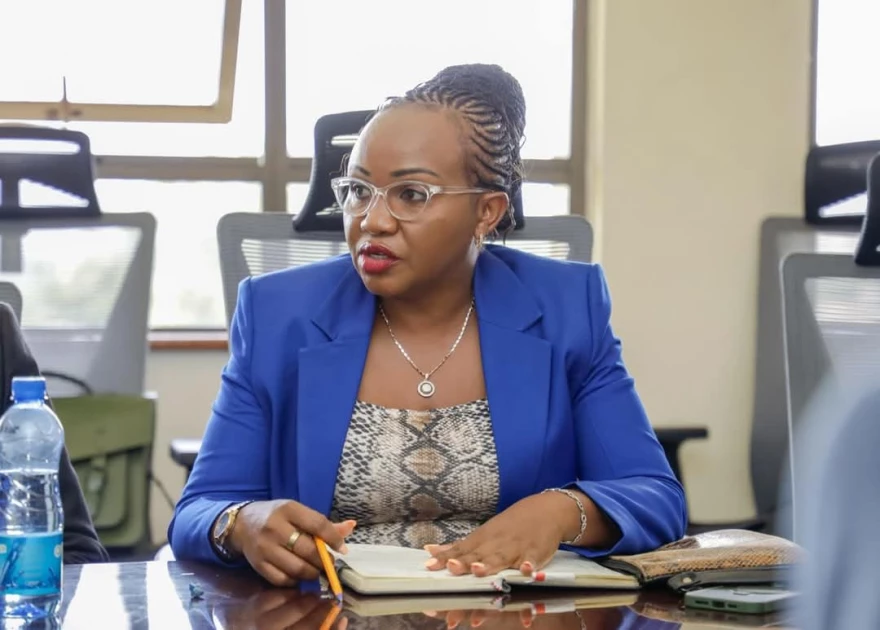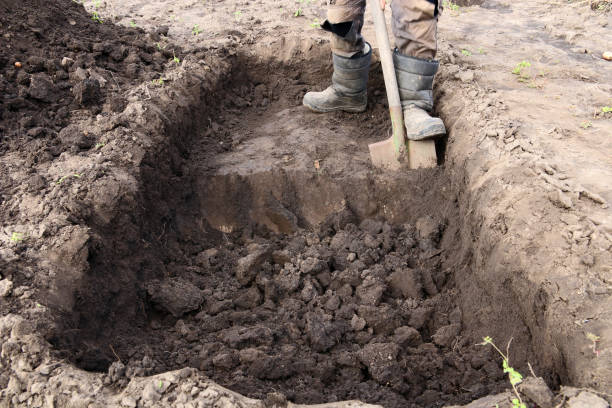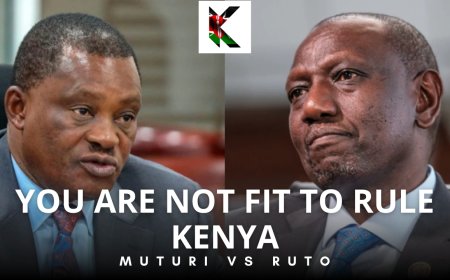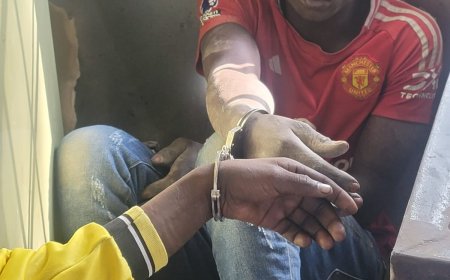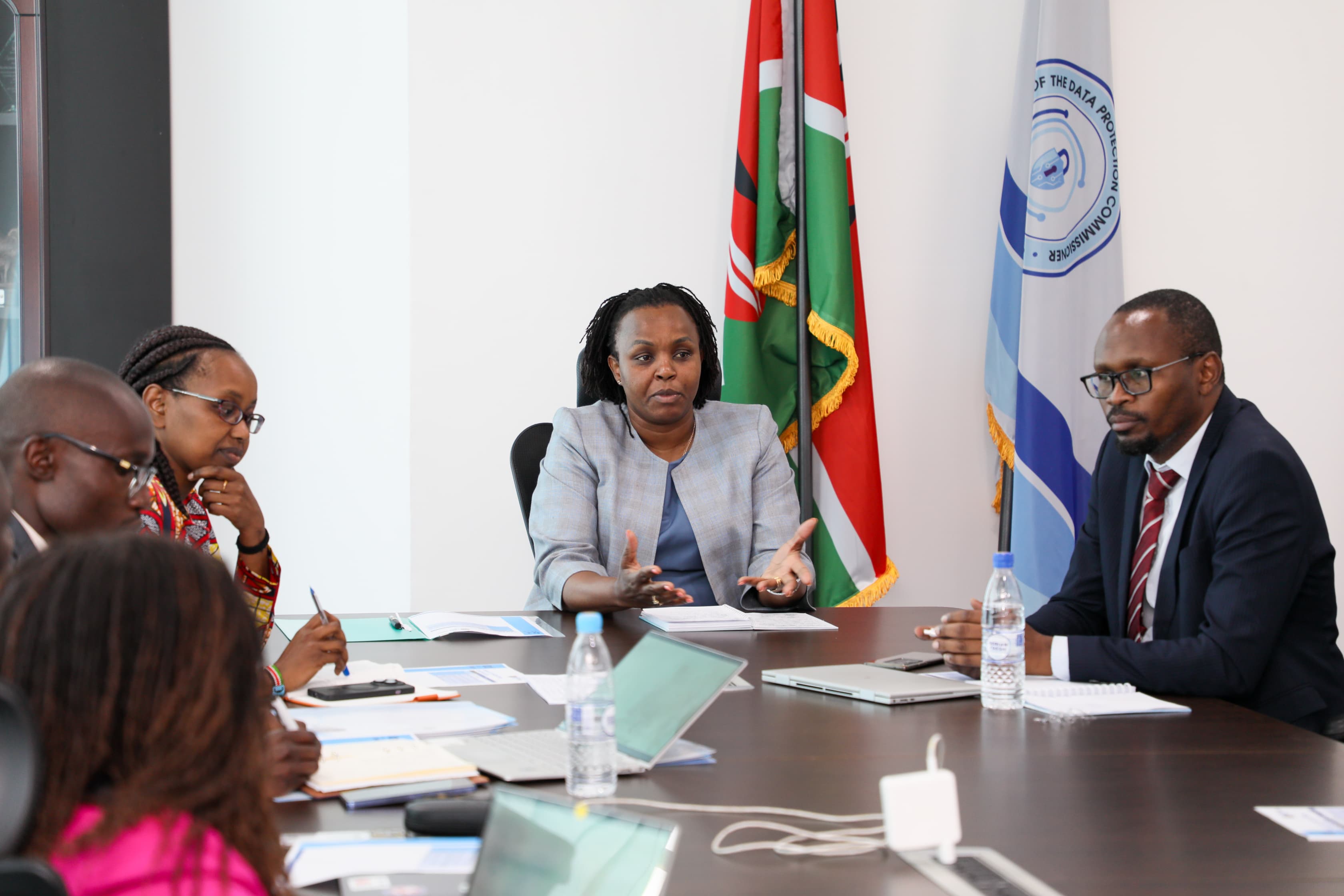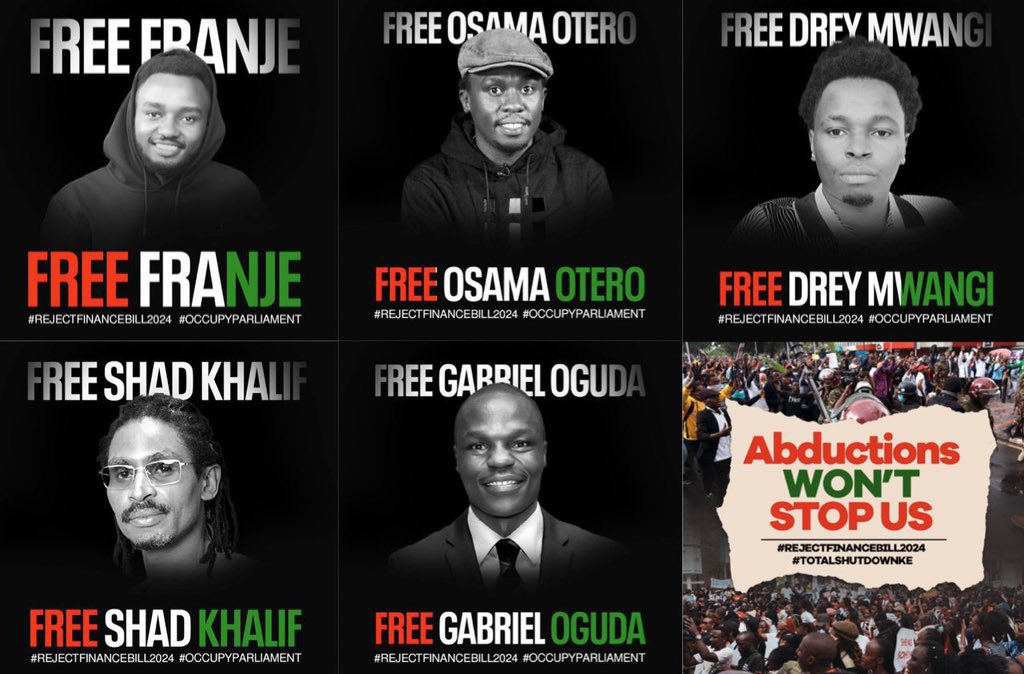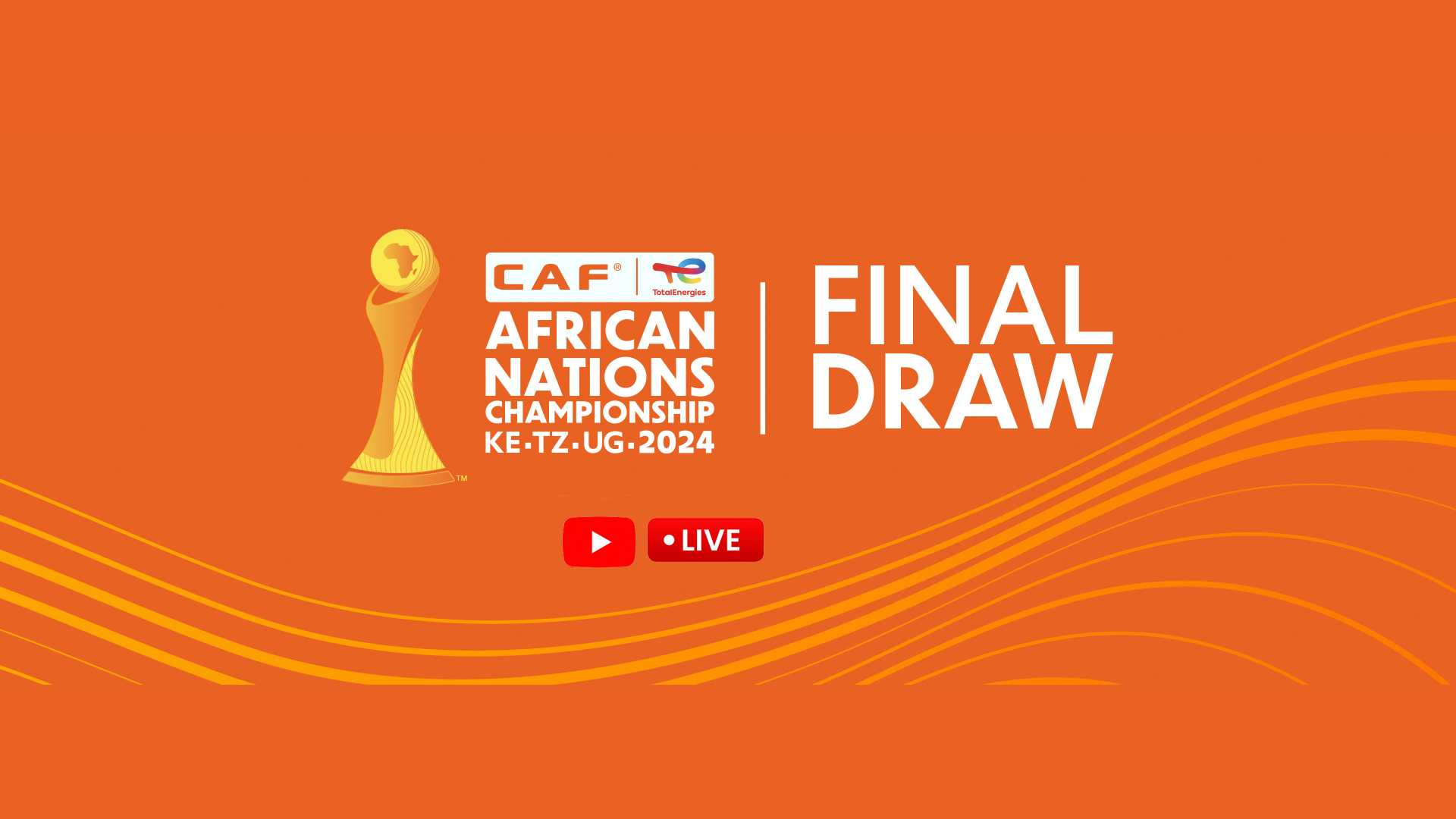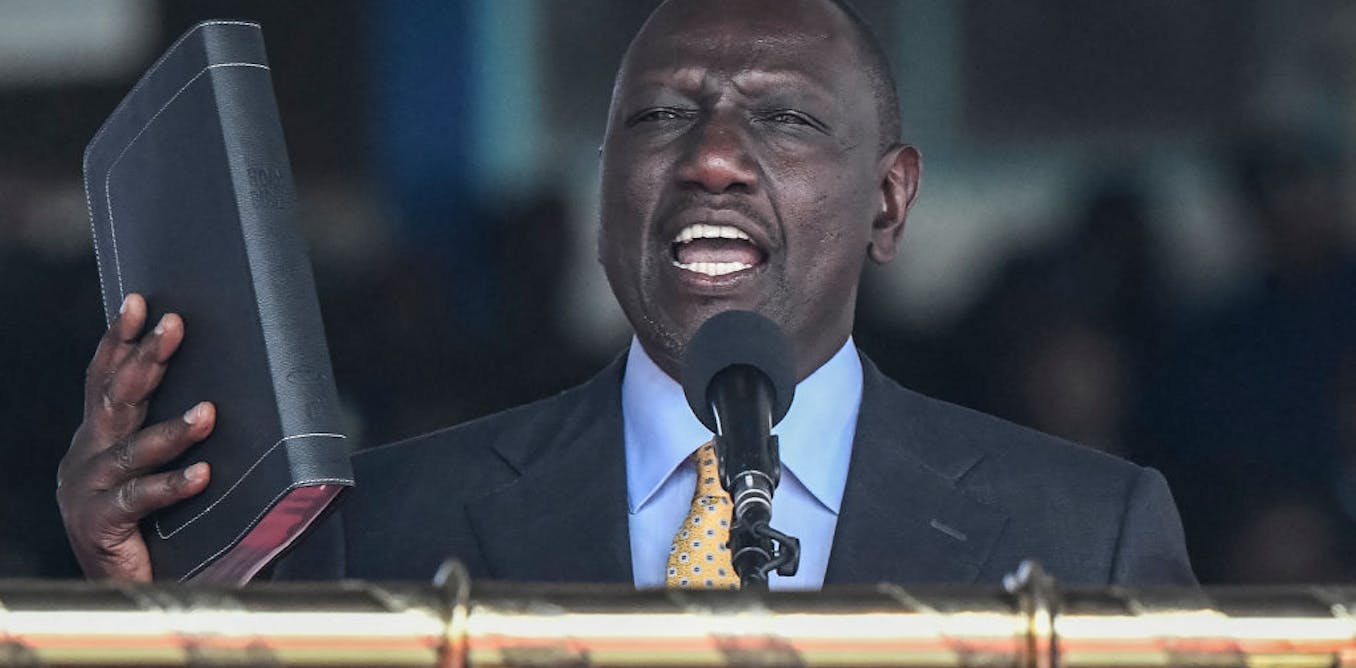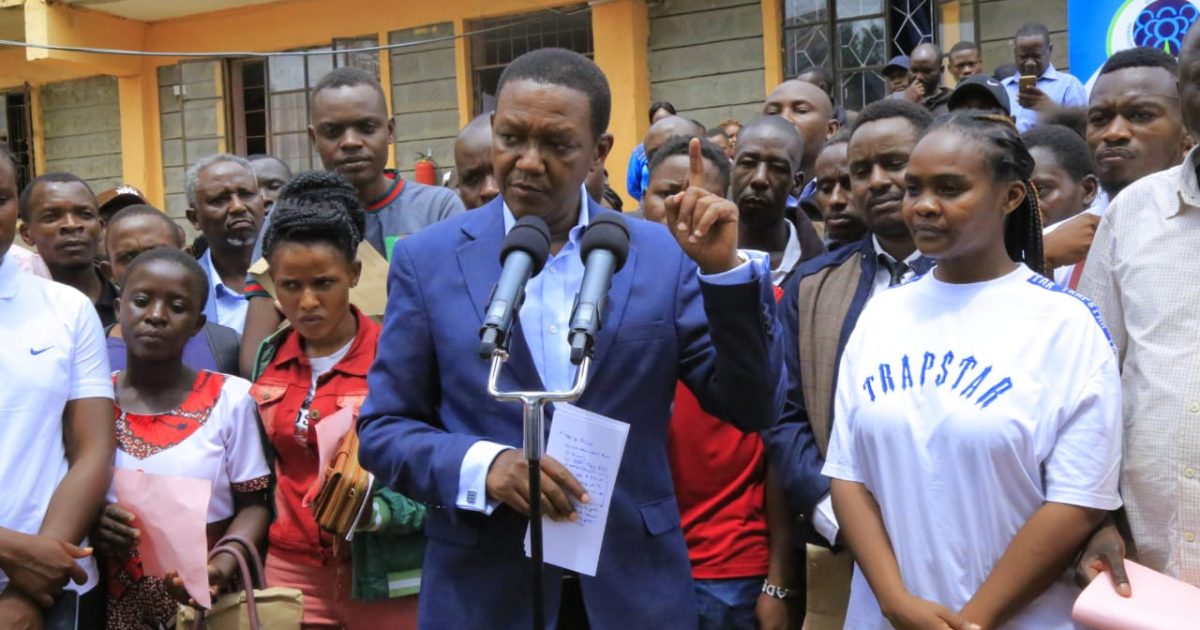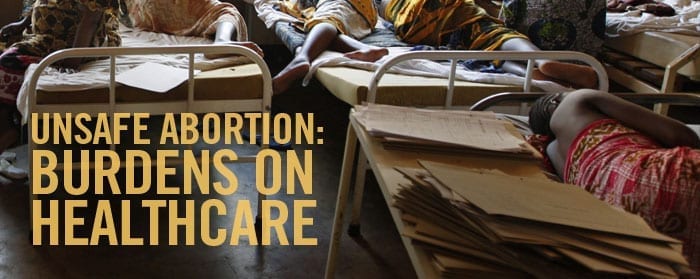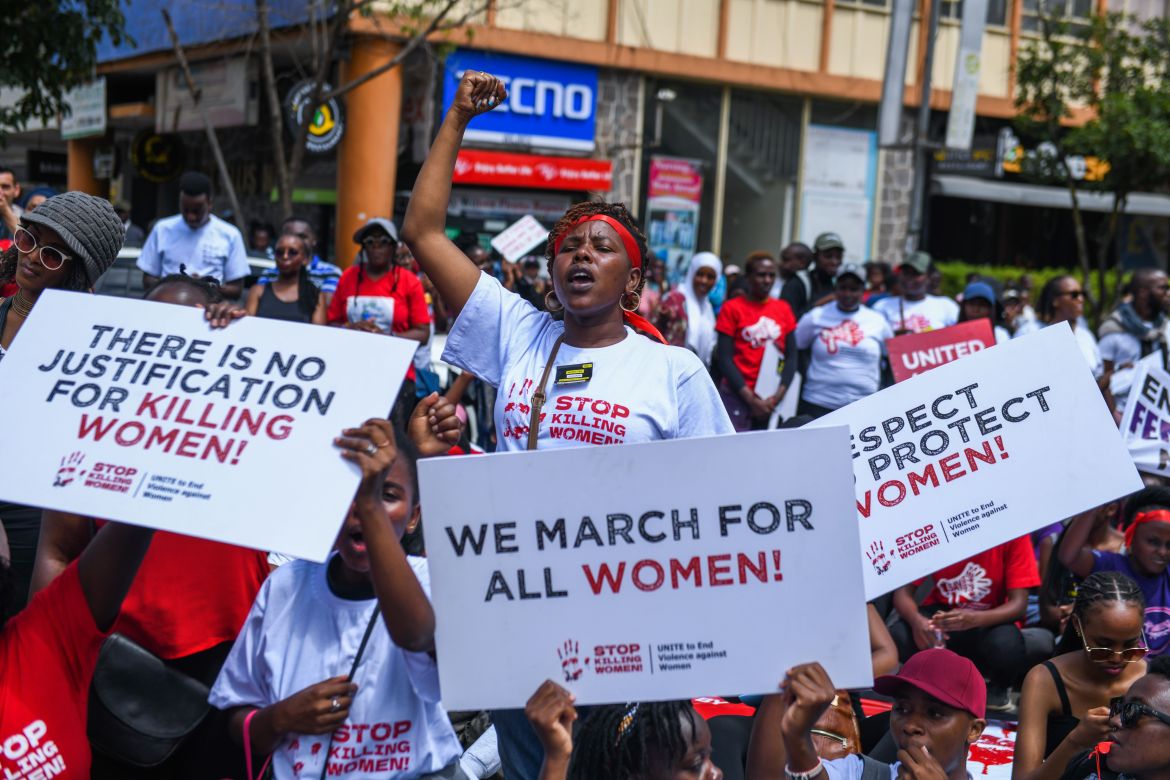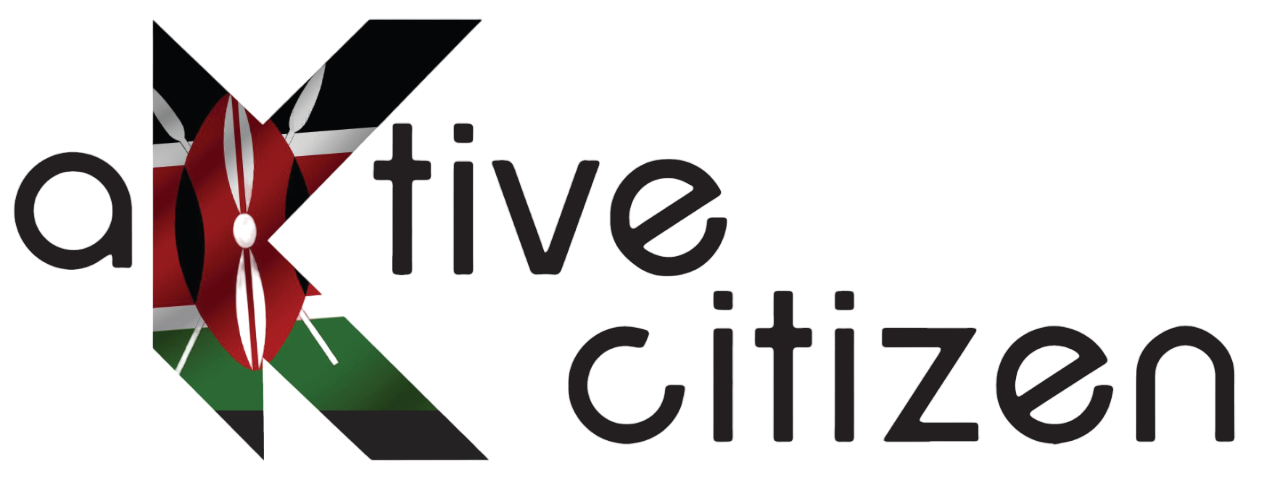Why Youth in Mlolongo and Syokimau Must Take Charge in 2027
With the 2027 elections approaching, young people in Mlolongo and Syokimau have a chance to finally claim their space in leadership. But will they seize it? History has shown that despite their numbers, youth have struggled to win political positions in these areas. Past attempts were derailed by divisions, lack of resources, and political inexperience. Older leaders continue to dominate, making decisions that often don’t reflect the needs of young people. If this cycle continues, youth issues like unemployment, urban development, and digital innovation will keep being ignored.
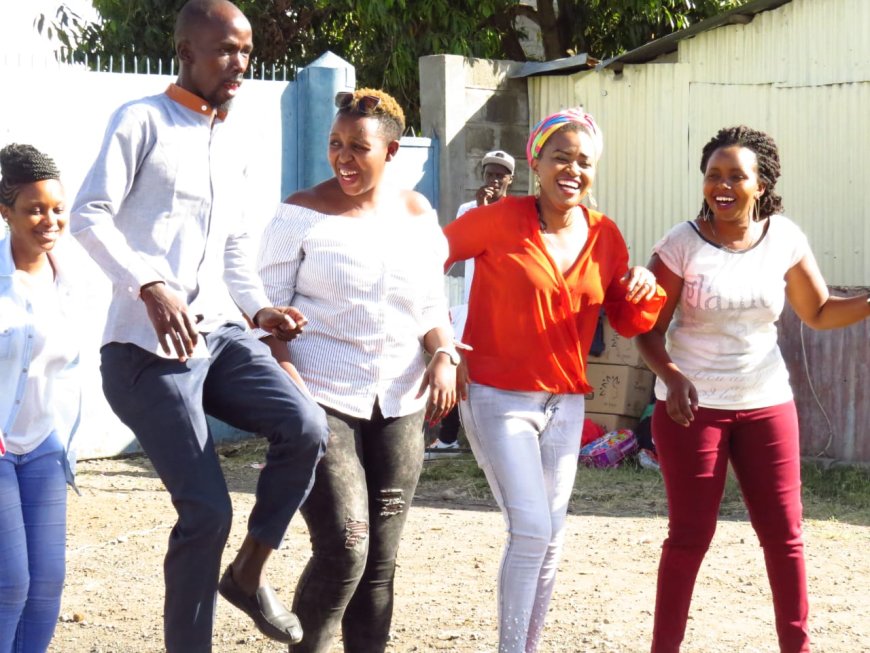
Lessons from the Past
In 2013, a young candidate, Evayo, ran for MCA but failed to get youth support. Instead, many voted for Mama Rachael, believing a woman would be a better leader. However, once in office, she didn’t meet expectations. Evayo later took a government job, leaving the political space open for older leaders.
By 2017, young people recognized the need for change but failed to unite behind one candidate. Instead, their votes were split between multiple youth aspirants. Malonza, a young contestant, lost because many believed he lacked the money and influence to win. The Wiper Party candidate won again, proving that youth enthusiasm alone wasn’t enough.
In 2022, there was more youth participation than ever. Candidates like Cosmas Nzomo, Alianda Alianda, Hassan Hassan, and Captain Soka all vied for leadership. But instead of working together, personal ambitions and political differences led to divisions. Once again, the youth vote was scattered, and Mutinda Ndwiki, an older Wiper candidate, won.
The Problem Today : Where Do Youth Stand Today?
Despite being the majority of voters, young people remain largely absent from leadership. Decisions that shape their future are made by older politicians, many of whom fail to grasp the realities of today’s youth.
Youth issues are often oversimplified. Instead of addressing job security, affordable housing, business support, and healthcare, leaders focus on bursaries and football tournaments. But what about those who have finished school? What about young parents struggling with job stability and medical expenses?
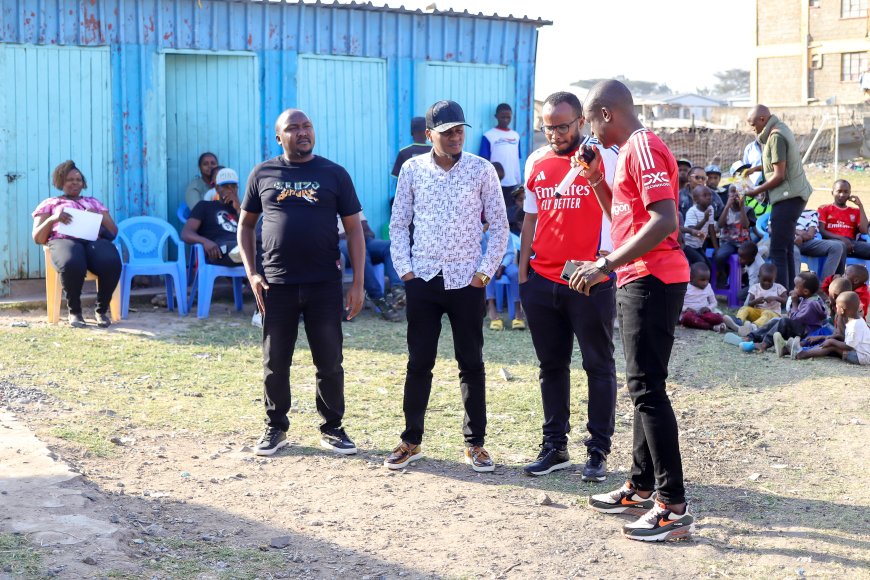
Without youth in leadership, policies affecting them are crafted without their input. This absence stifles progressive ideas, digital governance, and youth-friendly economic policies.
One of the biggest challenges has been money. Older candidates have business connections and deep pockets, making it hard for young aspirants to compete. Another issue is disunity, instead of backing one strong youth leader, young people tend to support multiple candidates, splitting their votes.
What Needs to Change?
If young people want to win in 2027, they need a different approach. First, they must start early. Many youth candidates wait until election season to begin campaigning, but by then, older politicians have already secured funding and built strong alliances. To stand a real chance, young leaders should begin mobilizing at least two years in advance.
Second, unity is crucial. When multiple youth candidates run, the vote is split, giving older politicians an easy victory. Instead, young people must rally behind one strong candidate with the best chance of winning.
Third, they should work within party structures. The Wiper Party has historically dominated elections in the region. Rather than running as independents, young leaders should push for nominations within major parties to increase their chances of success.
Financing is another major hurdle. Instead of relying on big donors, youth candidates should explore crowdfunding, business sponsorships, and digital fundraising campaigns. Leveraging social media and grassroots mobilization can also help reduce campaign costs while increasing visibility.
Finally, young leaders must remain active even after elections. Many disappear after losing, only to resurface in the next cycle. To build credibility, they must stay engaged in community projects, advocacy, and governance discussions year-round. By doing so, they can establish a strong presence and earn the trust of voters well before the next election.
The Time is Now
If young people don’t take action, the same cycle will repeat in 2027. They have the numbers, the ideas, and the energy, but without organization, funding, and strategy, they will remain on the sidelines.
The choice is clear: stay divided and lose again, or unite, strategize, and finally take power. The question is, will the youth of Mlolongo and Syokimau rise to the challenge?
What's Your Reaction?








